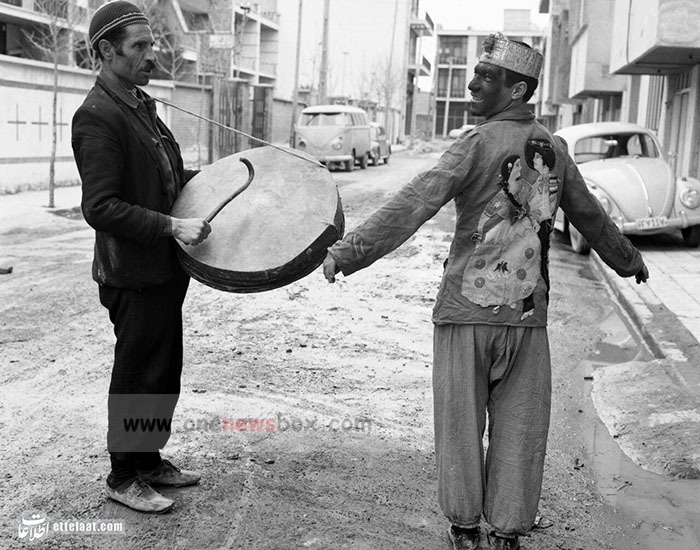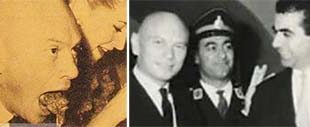In most cases, Nowruz falls on March 21 in the Gregorian calendar, though occasionally, it may be observed on March 20 or March 22. In Iran, which follows the solar Hijri calendar, Nowruz marks the official beginning of the year, while in Central Asia and the Caucasus, it is more commonly regarded as the start of spring rather than the new year.
Etymology and Historical Roots of Nowruz
The word “Nowruz” is derived from Middle Persian “nōgrōz” and has roots in the Avestan language. Scholars believe its Avestan equivalent to be “navaka raocah.” While Nowruz is generally used to denote the spring equinox and the start of the New Year, it specifically refers to the sixth day of Farvardin, also known as “Khordad Day.”
Historically, ancient Iranians called Nowruz “Nava Sereda,” meaning “New Year.” Central Asian Iranian groups, such as the Sogdians and Khwarezmians, referred to it as “Nosard” or “Nosarji.” In different cultures and regions, the pronunciation of Nowruz varies. For instance, in the city of Lucknow, India, Nowruz is pronounced “Nauroz,” which closely resembles its Dari Persian pronunciation. UNESCO and various political institutions have standardized the Latin spelling as “Nowruz.”
Ancient Celebrations of Nowruz and Related Festivals
The Babylonians were among the earliest civilizations to celebrate the first day of the year, typically on the vernal equinox (March 21). Evidence from ancient tablets suggests that this festival was observed as early as 2340 BCE. According to historian Mary Boyce, the Iranians already had grand festivals such as Mehragan in autumn, but the prominence of the Babylonian spring festival may have influenced the adoption of Nowruz as the New Year’s celebration.

